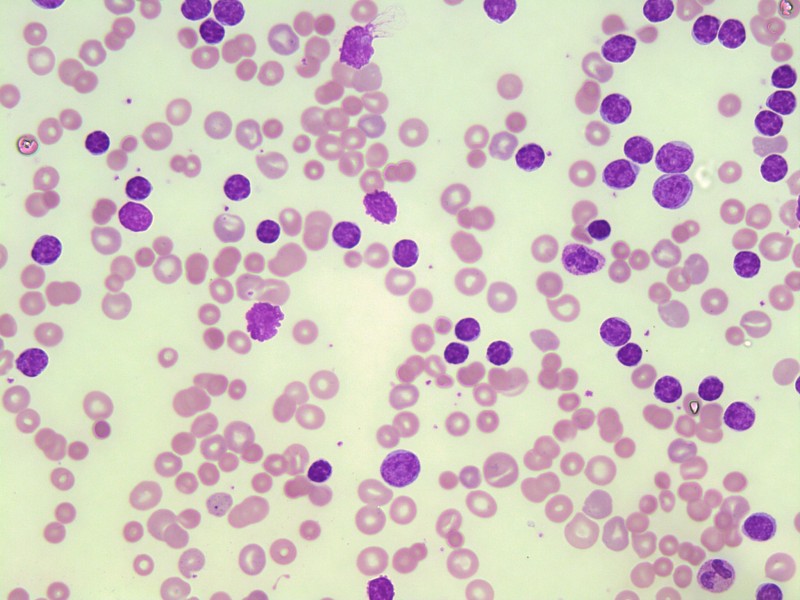
September is Blood Cancer Awareness Month, a crucial time to shed light on conditions like lymphoma and leukemia. These are forms of blood cancer that affect a significant number of people globally. Let's delve into the key differences between lymphoma and leukemia, as well as explore their treatments.
Blood cancer, also known as hematologic cancer, originates in the blood-forming tissues of the body. These cancers affect the production and function of blood cells.
Blood cancers can be broadly categorized into three types: leukemia, lymphoma, and myeloma. In this article, we will focus on leukemia and lymphoma.
Leukemia is a type of blood cancer that mainly affects the blood and bone marrow. It is characterized by the rapid production of abnormal white blood cells, which hinders the normal functioning of healthy blood cells.
Leukemia is broadly categorized into four main types:
Leukemia is further distinguished by the rate of progression: acute or chronic.
The symptoms of leukemia can include fatigue, frequent infections, weight loss, and easy bruising or bleeding.
Lymphoma is a cancer of the lymphatic system, a vital part of the body's immune system. It affects the lymphocytes, a type of white blood cell.
Lymphoma is broadly categorized into two main types:
These categories further subdivide based on the specific characteristics of the cancer.
Common symptoms of lymphoma can include swollen lymph nodes, fatigue, unexplained weight loss, and night sweats.
The main difference lies in the affected blood cells and where the cancer primarily originates. Leukemia affects blood and bone marrow, while lymphoma affects the lymphatic system.
Leukemia involves an overproduction of abnormal white blood cells, whereas lymphoma involves the abnormal growth of lymphocytes.
Treatment for leukemia may include chemotherapy, targeted therapy, radiation therapy, stem cell transplant, and immunotherapy.
Lymphoma treatment may involve chemotherapy, radiation therapy, immunotherapy, targeted therapy, stem cell transplant, or a watch-and-wait approach for certain cases.
Prognosis for both leukemia and lymphoma varies based on factors such as the type and stage of cancer, age, overall health, and response to treatment.
Blood Cancer Awareness Month aims to increase awareness about these conditions, their symptoms, and the importance of early detection and timely treatment.
Numerous organizations offer support, resources, and information for individuals and families affected by blood cancer. Some notable organizations include the Leukemia & Lymphoma Society and the Lymphoma Research Foundation.
Understanding the differences between lymphoma and leukemia is crucial for early detection and effective treatment. Blood Cancer Awareness Month provides an opportune moment to educate ourselves and others about these conditions.
A Man's Unique Journey: Marrying Seven Brides in One Grand Day
How to Share Internet Data with Another Mobile: A Comprehensive Guide